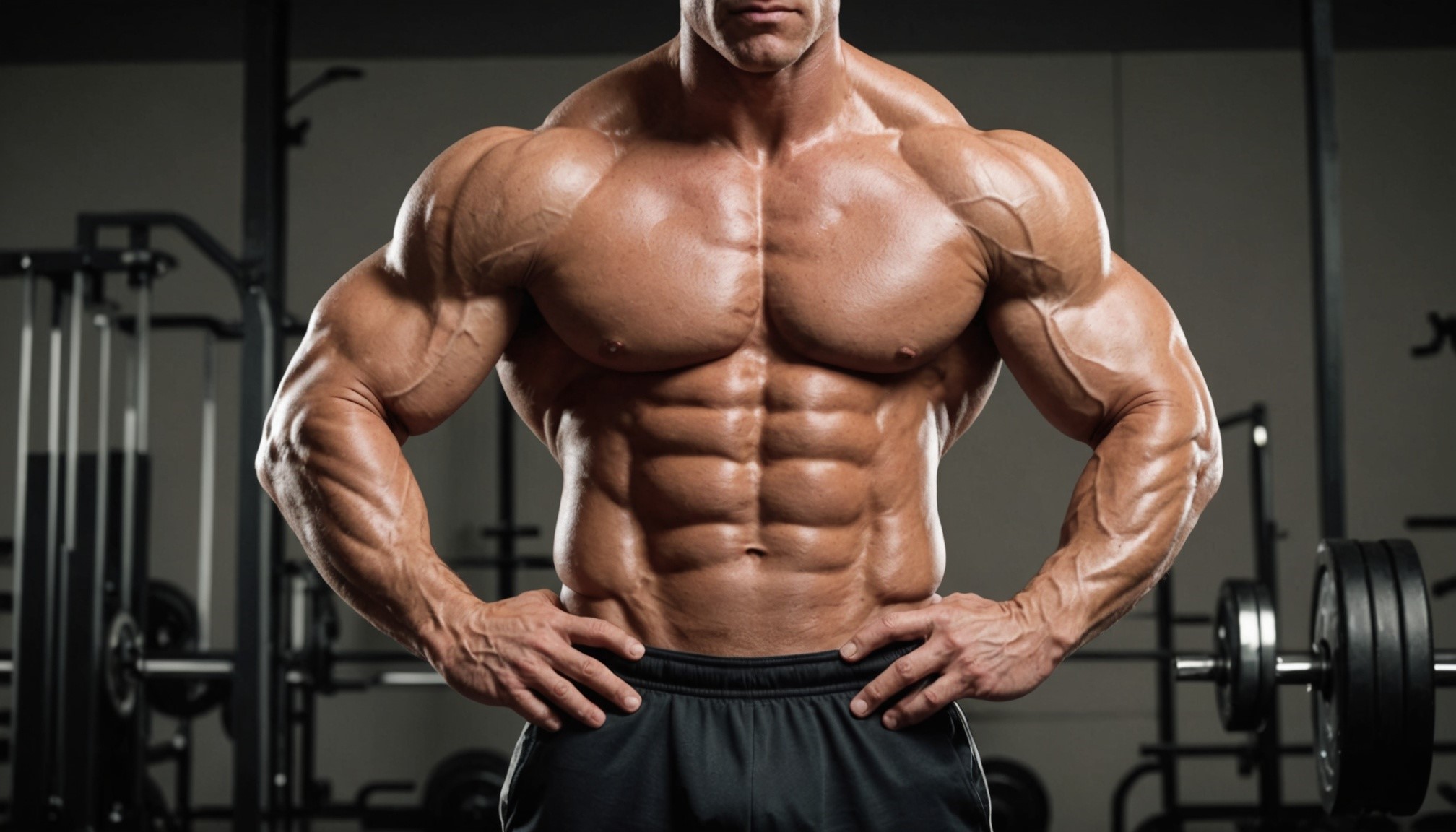Can You Build Muscle Without Getting Fat?
The 12-15 Rule for Building Muscle
Today, we’re going to answer the question: can you build muscle without getting fat? The answer is yes, and I have a simple method to make it less confusing for you. I call it the 12-15 rule. Let me explain…
Calculating Your Baseline Caloric Intake
First, take a look in the mirror and assess your current fitness level. Pay attention to your body composition. If you can see your abs or even a well-defined outline, you’re starting at a higher fitness level compared to those who can’t see their abs at all.
For those who can see their abs, multiply your current body weight by 15 to get your baseline caloric intake. If you can’t see your abs, multiply your body weight by 12.
Monitoring Your Weight Changes
Start eating at your calculated caloric intake for about two weeks. During this period, monitor your weight. If you maintain the same weight, you’re likely accurate with your caloric intake. If you’re losing weight, add 10% of the calories. If you’re gaining too much weight, subtract 10% of the calories.
Adjusting Your Caloric Intake for Weight Maintenance
Experiment with your caloric intake to find the right balance for your body. If you’re losing weight, add 10% of the calories. If you’re gaining too much weight, subtract 10% of the calories. This process will help you maintain a steady weight while building muscle.
The Importance of Consistency
Consistency is key during this trial period. It’s essential to eat similar foods throughout to ensure accurate results. The way your food is prepared and the types of macros you consume can affect your calories and muscle gain.
Deciding Your Muscle Building Goals
Now, let’s talk about your muscle-building goals. How aggressive do you want to be in building muscle? How tolerant are you of gaining body fat? Understand that the higher the caloric surplus, the more body fat you may accumulate.
Understanding the Composition of Weight Gain
When it comes to weight gain, it’s important to consider the composition. At a 50/50 caloric surplus, you’ll gain an equal amount of body fat and muscle. At a 70/30 surplus, the majority will be muscle. At a higher surplus, the proportion of muscle gained will be smaller.
The Limitations of Bulking
While you may be tempted to keep increasing your caloric intake to gain more muscle, there’s a limit to how much muscle tissue your body can build. It’s important to supplement your nutrition plan with effective workouts to stimulate muscle growth.
The Role of Training in Muscle Building
Training is a crucial aspect of building muscle. You need to stimulate and challenge your muscles through workouts. Proper recovery is also essential. Building muscle is not just about the food you eat; it’s about how you train and recover.
The Effect of Food Thermogenesis on Caloric Surplus
Your caloric surplus calculation should consider the thermic effect of food. Proteins have a higher metabolic cost compared to carbs and fats. For example, when you consume 100 calories of protein, approximately 30% is used for digestion. Carbohydrates take about 10%, while fats have minimal metabolic cost at around 2%.
Prioritizing Protein Intake
To optimize muscle growth, prioritize protein intake. It’s recommended to include a protein shake in your daily nutrition plan. Protein powders like Pro 30g Protein have high quality protein to support your muscle-building goals.
Long-Term Approach to Building Lean Muscle
Building lean muscle takes time, but it’s worth it. It’s better to take a gradual approach rather than rushing the process and risking excessive fat gain. Over the years, prioritize protein intake, maintain a slight caloric surplus, and stay consistent with your workouts and nutrition.
Trying the Plate Division Method for Simpler Nutrition
If you prefer a simplified approach to nutrition without complex calculations, you can try the Plate Division Method. Check out our video guide for more information on this method, which can help you achieve your muscle-building goals.
Conclusion: Finding the Right Balance
In conclusion, building muscle without getting fat is possible, but it requires finding the right balance. Calculate your baseline caloric intake, monitor your weight changes, adjust your caloric intake accordingly, and prioritize protein. Remember, consistency and patience are key to long-term success in building lean muscle.
If you found this blog post helpful, don’t forget to leave your comments and thumbs up below. Subscribe to our channel and turn on notifications to stay updated with our latest videos. Thank you for reading!
